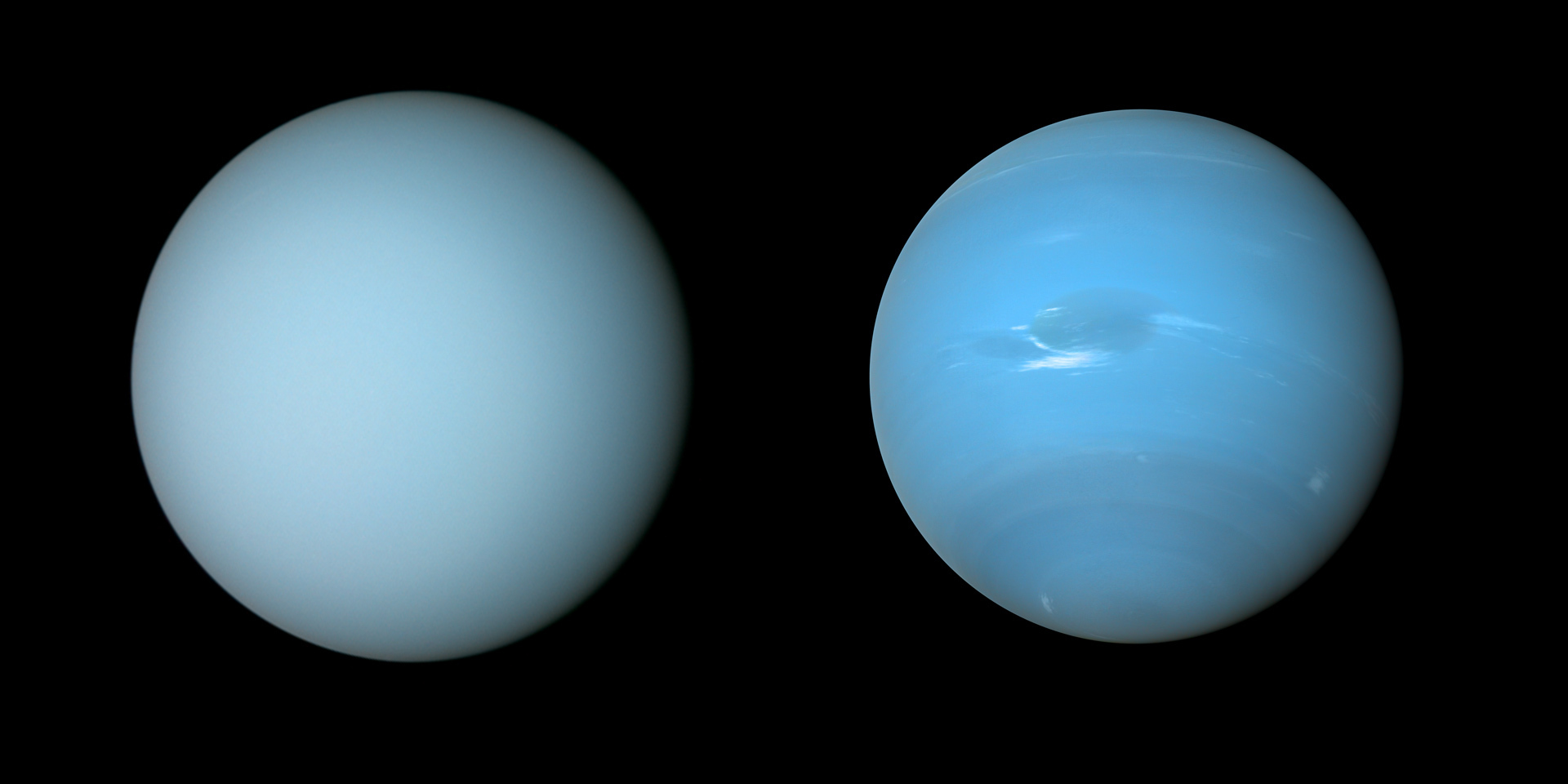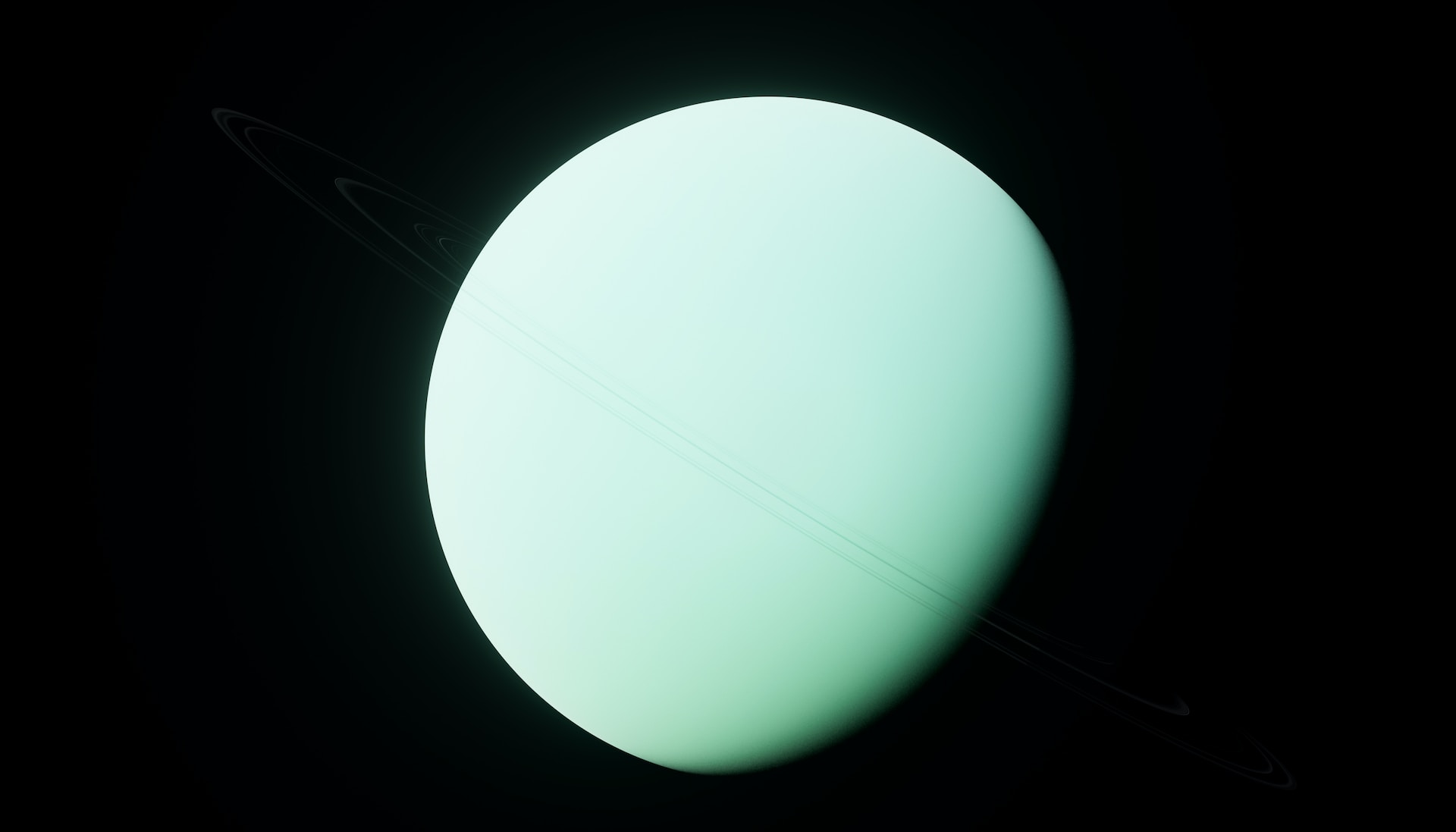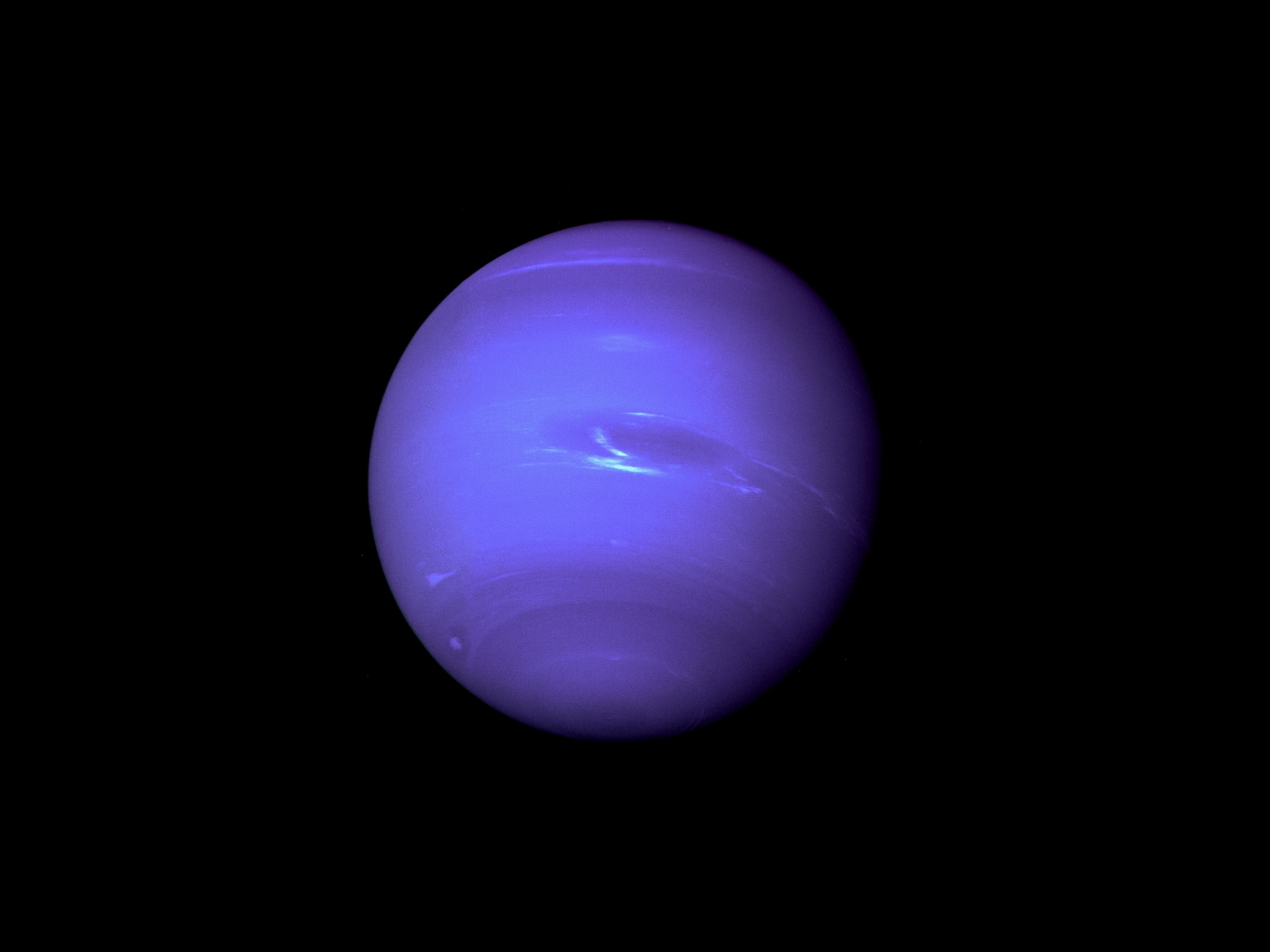The ice giants at the edge of the Solar System have not always been in their current position. It is believed that Uranus and Neptune migrated in time to their current orbits. During this migration, they accumulated their weight due to icy objects like comets. A new study suggested that in the early stages of formation, these planets were subjected to space bombardment by objects several kilometers in size every hour, which increased their mass and enriched their atmosphere.

Uranus and Neptune are the two outermost planets of our Solar System. They differ from Jupiter and Saturn in their composition. Their atmospheres are rich in ammonia, methane ice and water, which gives them a characteristic blue hue. Unique is the extreme axial tilt of Uranus at 98°, which gives the impression that it orbits the Sun sideways. The wind speed on Neptune exceeds 2000 km/h.
Today, the Solar System seems calm, but a model developed at the Azure Observatory in Nice, France, suggests that the giant planets migrated from their original locations to their current orbits long after the collapse of the protoplanetary disk. This model became popular when it became clear that it took very long periods of time for Uranus and Neptune to form in their current locations.

The model assumes that all gas giants, from Jupiter to Neptune, began their journey at a distance of 5 to 20 AU (astronomical units). For comparison, Neptune is now located at a distance of 30 AU from the Sun. A catastrophic, chaotic event caused the planets to migrate to their current positions.
Research by a team from the University of California shows that Neptune could have started its journey closer to the Sun than Uranus. The large mass of Neptune indicates such a possibility. The team’s simulations estimated the amount of accretion on planetesimals during migration.

The team found that the ice giants were bombarded with icy materials with high intensity. Simulations showed that this bombardment could last up to a million years, with an accretion rate of up to three planetesimals with a radius of 1-3 km every hour. This speed varied depending on whether Uranus was closer to the Sun. In simulations where Uranus was the most distant from the Sun, both planets accreted in the same position at a distance of 22 to 26 astronomical units. When Uranus was closer to the Sun, Neptune acted as a kind of shield from most planetesimals.
Earlier, we reported on how the real color of Neptune turned out to be not blue at all.
According to universetoday.com


